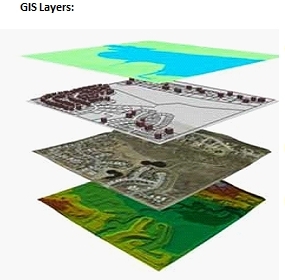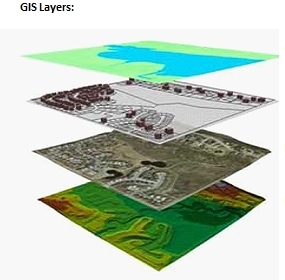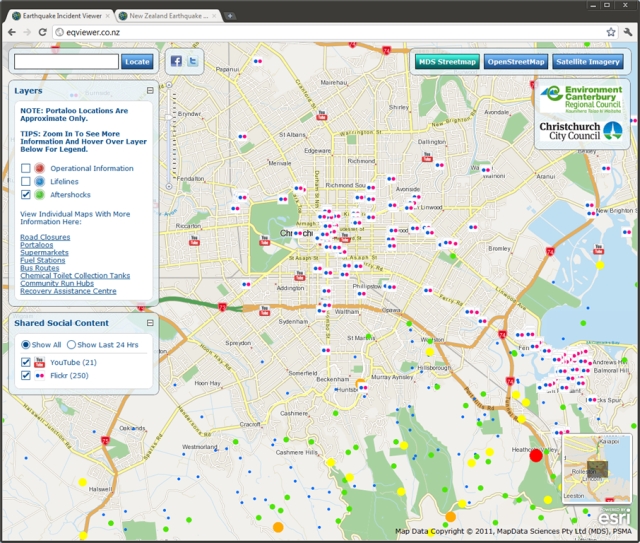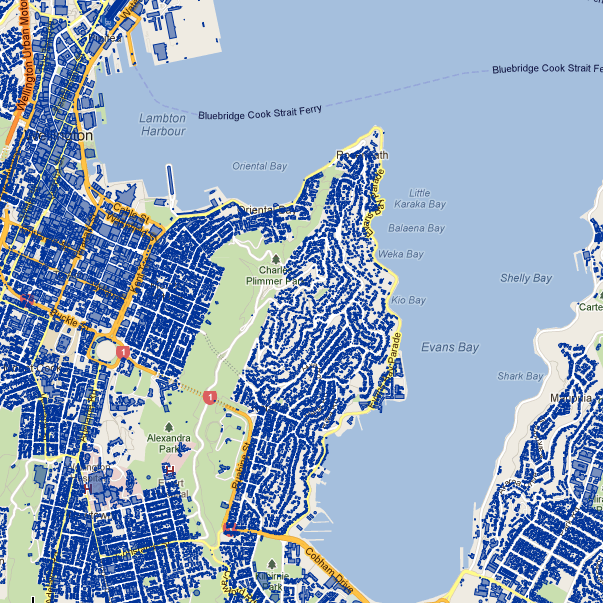GIS stands for Geographic Information System. GIS uses software to combine different sets of information as layers on a map.
GIS stands for Geographic Information System. GIS uses software to add different sets of information as layers on a map.
Maps have come a long way since people first began drawings to show where they were. Modern maps are created using special software that combines lots of different sorts of information. This system of modern mapping is called GIS – Geographic Information Systems.
GIS is used by organisations, such as the Life Flight Trust, Kiwi Rail and City Councils. GIS allows organisations to;
- access data
- combine different data sets together
- give graphical representations of data.
GIS allows a lot of different information to be shown on one map. Different layers or sets of information can be shown together or separately.
GIS helps people to;
- analyse situations
- write reports
- track changes
- make decisions
- plan for the future, for example which roads are likely to be congested due to road works, closures or special events.
GIS requires four things:
- People: people who use GIS are professionals who have been educated to use GIS and have made a career out of working with GIS.
- Data: geospatial information (where things are located) and the details of objects such as services, roads, buildings etc. are collected and entered into the GIS software.
- Software: GIS software analyses data and presents it in different combinations for the user.
- Hardware: includes hand held devices for collecting data and computers with GIS software to display the GIS.
Data contained in a GIS system is stored in sets of data called ‘data sets’ in a database. Data sets can be selected, combined and presented as layers:

Maps have come a long way since people first began drawings to show where they were.
Modern maps are made using special software that combines lots of different sorts of information. This system of modern mapping is called GIS – Geographic Information Systems. GIS is used by groups such as Kiwi Rail and City Councils. GIS gives access to data and shows different sets of data together.
GIS gives people a picture of data that allows them to:

- problem solve
- write reports
- track changes
- make decisions
- plan for the future e.g. which areas could be used to build houses.
GIS needs four things:
- People: people who are trained in GIS.
- Data: geospatial information (where things are located) is entered into the GIS software.
- Software: GIS software analyses data and presents it in different ways for the user.
- Hardware: includes hand held devices for collecting data and computers with GIS software.
Data in a GIS system is stored in sets called ‘data sets’ in a database. Data sets can be turned on and off so they are shown all together or separately as layers on a map:

If you were planning a school camp what information would you want to see on a GIS map of possible camping locations and where might you find this information?
If you were planning a school camp what information would you want to see on a GIS map of possible camping locations and where might you find this information?








